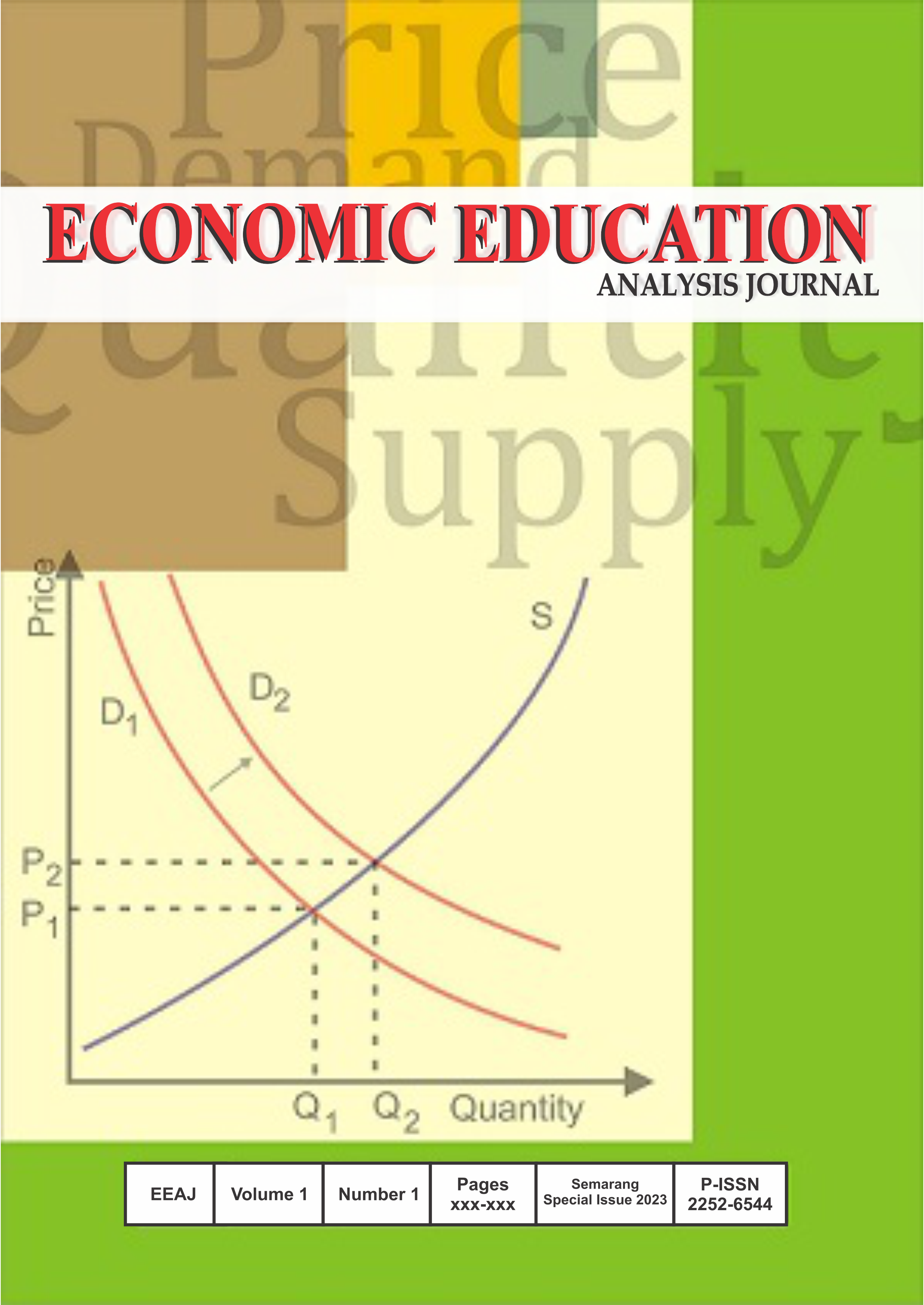Environmental Cost Allocation Model: Sustainability Local City in Indonesia
Main Article Content
Abstract
This study aims to test a model for determining environmental cost allocation in local governments in Indonesia. Factors that are expected to contribute to this cost allocation determination model include gross regional domestic product, investment, population and local revenue. The population in the study were districts in Central Java province totalling 35 districts. The data analysis used in this study is a mediation regression model. This study uses quantitative data, where the data used in the study are obtained from the financial statements of each district in Central Java Province and the regional revenue and expenditure budgets of each district in Central Java Province. The results of this study prove that there is an influence of gross domestic product, population and local revenue on the determination of total environmental costs. However, investments made by local governments have no effect on the allocation of environmental costs that have been determined.
